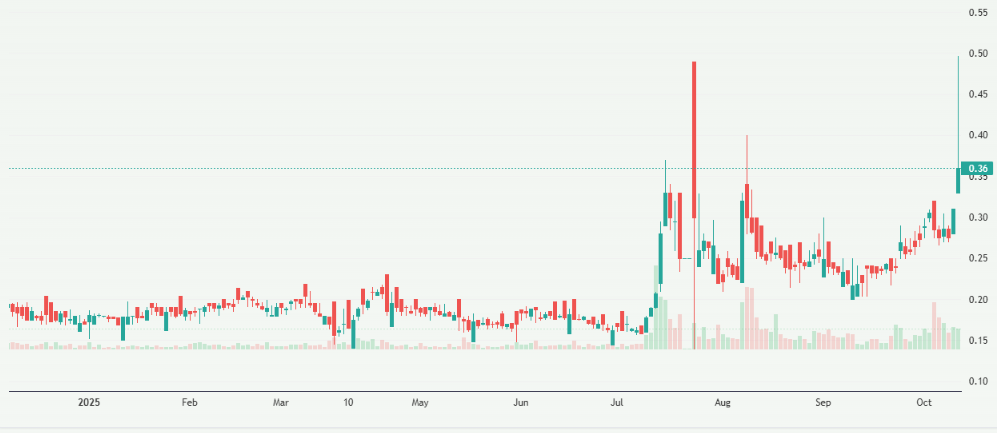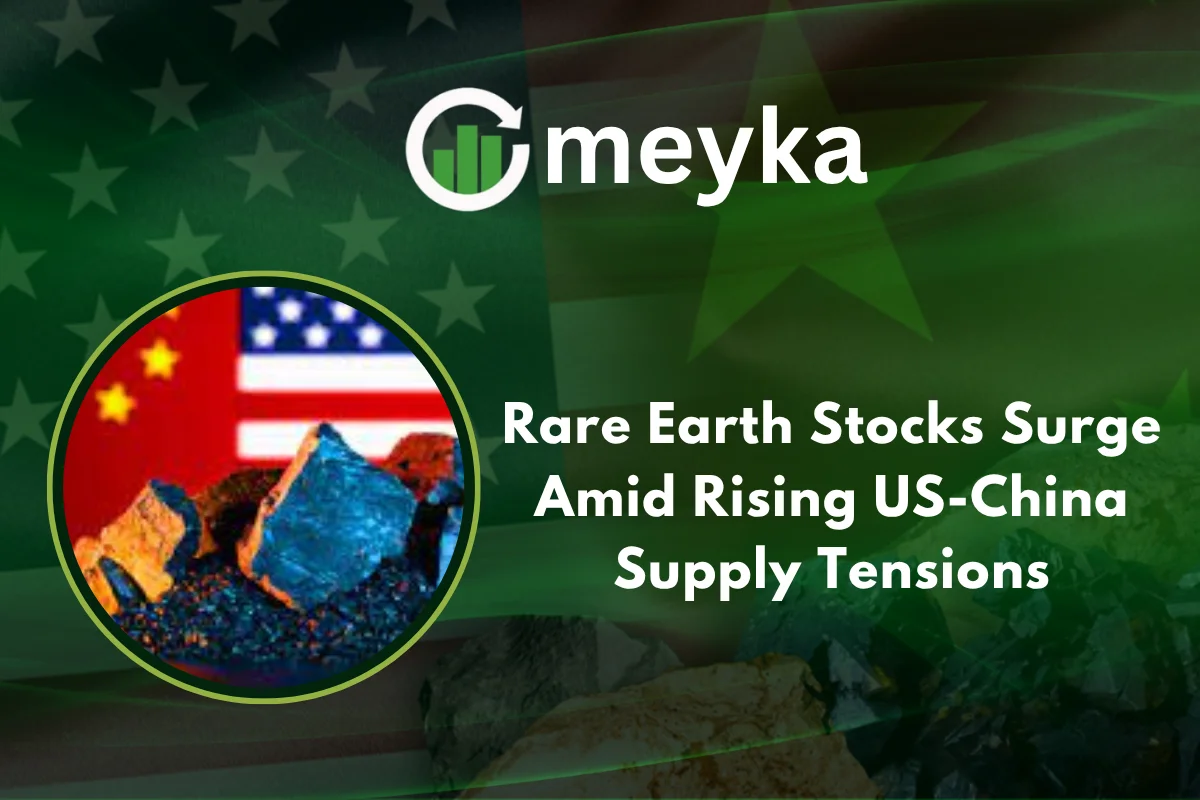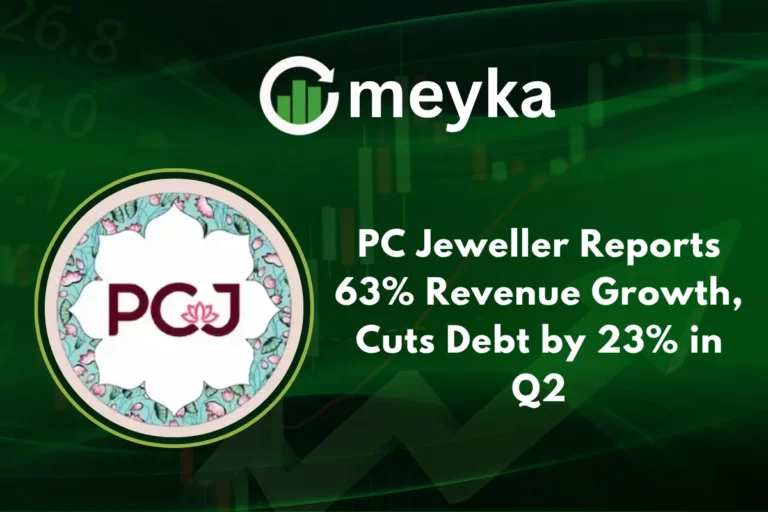Rare Earth Stocks Surge Amid Rising US-China Supply Tensions
In recent months, rare earth stocks have experienced a dramatic rally, driven by escalating supply tensions between the United States and China. As Beijing enacts tighter export controls on critical minerals, investors are scrambling to reposition in alternative sources of rare earths.
Why Rare Earth Stocks Are in the Spotlight
Rare earth elements (REEs) – such as neodymium, praseodymium, dysprosium, and others- are fundamental to advanced technologies. They power magnets in electric vehicles, high-end wind turbines, consumer electronics, defense systems, and many components in the AI supply chain. Because of their critical role, any disruption to supply is a red flag for tech, industrial, and defense sectors.
China currently dominates both the mining and, especially, the processing of rare earths. Recent moves by the Chinese government to expand export restrictions to include mining technology, magnet production equipment, and recycling have rattled global supply chains.
These policy changes have sparked expectations that the U.S. and allies will accelerate investment into domestic rare earth extraction, processing, and refining. In turn, that expectation is fueling surging interest in rare earth stocks.

Key Drivers Behind the Surge
1. Strategic Export Controls by China
China’s recent expansion of restrictions is deliberately aimed at industries tied to defense and semiconductors. For some buyers abroad, export licenses will be reviewed case by case — and many will be denied.
That has created a scramble among manufacturers and governments to secure supply from non-Chinese producers. The uncertainty acts as a supply shock, pushing valuations of rare earth equities higher.
2. Policy Backing and Defense Investment in the U.S.
The U.S. is treating rare earths as a matter of national security. In July 2025, the Department of Defense agreed to take a major stake in MP Materials, the American firm operating the only major U.S. rare earth mine and processing site.
Additional incentives, subsidies, grants, and procurement contracts are expected. That gives investors confidence that demand for domestically based producers will remain strong, even in volatile markets.
3. Supply Chain Reshoring & AI/Tech Demand
As major tech firms and AI hardware producers seek to reduce dependence on China, they are turning to alternative supply chains. These shifts will likely require new investment in REE producers and processors.
Because rare earths underlie many AI-related components (like magnetic cores, sensors, precision motors), the surge in AI stocks also increases stress on REE supply chains. The collision of demand from AI infrastructure and geopolitical constraints means rare earth stocks may benefit from dual tailwinds.
4. Risk Premium & Speculative Flows
Many investors are treating rare earth equities as speculative plays on geopolitics. With broad uncertainty across global markets, capital is flowing into niche sectors with high upside, driving volatile rallies. As reported, rare earth stocks extended their rally Monday amid new tensions.
Top Rare Earth Stocks and Investment Targets
Below are some leading names to watch. This is not financial advice but rather stock research insight.
| Company / Ticker | Why It’s Important |
| MP Materials (NYSE: MP) | Operates the Mountain Pass mine in the U.S. and has government backing via DoD stake. |
| Lynas Rare Earths (ASX: LYC) | One of the largest non-Chinese producers, with aspirations to scale regional processing capacity. |
| Arafura Rare Earths | Recently rallied sharply amid supply tension news. |
| Shenghe Resources (SHE) | A Chinese rare earth firm, partly state-owned, involved across ores and processing. |
| Vulcan Elements | Emerging U.S. magnet maker aiming to break China’s grip on rare earth magnet production. |
Investors might also consider ETFs or funds focused on critical minerals and rare earth themes. These can offer diversified exposure with less risk than single stocks.
Risks & Challenges
- Overdependence on policy: Much of the upside for rare earth stocks depends on sustained government support, which could change with administrations.
- High capital costs: Building refineries and processing plants is expensive and slow; scaling is a significant barrier.
- Environmental & regulatory hurdles: Rare earth mining and processing are toxic if mishandled; permits and community opposition can delay projects.
- Commodity price volatility: Rare earth prices can swing widely, compressing margins for producers.
- Technological cycles: Shifts in technology (e.g., magnetless motors, recycling innovations) could reduce demand for certain REEs.
How to Approach Investing in Rare Earth Stocks
- Do deep stock research: Analyze balance sheets, backlogs of government contracts, and scalability of processing infrastructure.
- Diversify across the supply chain: Own miners, refiners, magnet makers, and recycling companies to spread risk.
- Keep a geopolitical lens: Watch U.S.–China policy, export control changes, and infrastructure funding.
- Monitor demand trends: Especially in AI hardware, defense, EVs, and clean energy sectors.
- Mind the long horizon: Rare earth projects often require long lead times. Investors must be patient.
Rare Earth Stocks in the Broader Stock Market Landscape
In the wider stock market, rare earths remain a niche but increasingly strategic sector. As AI adoption accelerates, AI stocks demand more hardware, magnets, and rare metals. Scrutiny on global supply chains pushes capital into disruptive and frontier plays like rare earths. Those who position early may capture outsized returns, but they must balance speculative zeal with rigorous stock research and risk control.
The surge in rare earth stocks does more than reflect metal scarcity, it signals a larger reshaping of how nations compete in technology, defense, and infrastructure.
FAQs
Rare earth stocks are unique because the value lies not just in extraction but heavily in processing, refining, and magnet manufacturing. The entry barriers are high, and much of the downstream value is captured in steps beyond mining.
Rare earth elements are foundational for motors, sensors, actuators, and magnetics used in AI servers, robotics, and advanced electronics. As AI adoption rises, demand for REEs can grow, making rare earth stocks a strategic complement to AI stocks.
Yes, but with caution. Use diversified funds, do solid stock research, avoid overconfidence, and expect high volatility. Treat any exposure as part of a broader portfolio, not a bet-all play.
Disclaimer:
This content is made for learning only. It is not meant to give financial advice. Always check the facts yourself. Financial decisions need detailed research.






